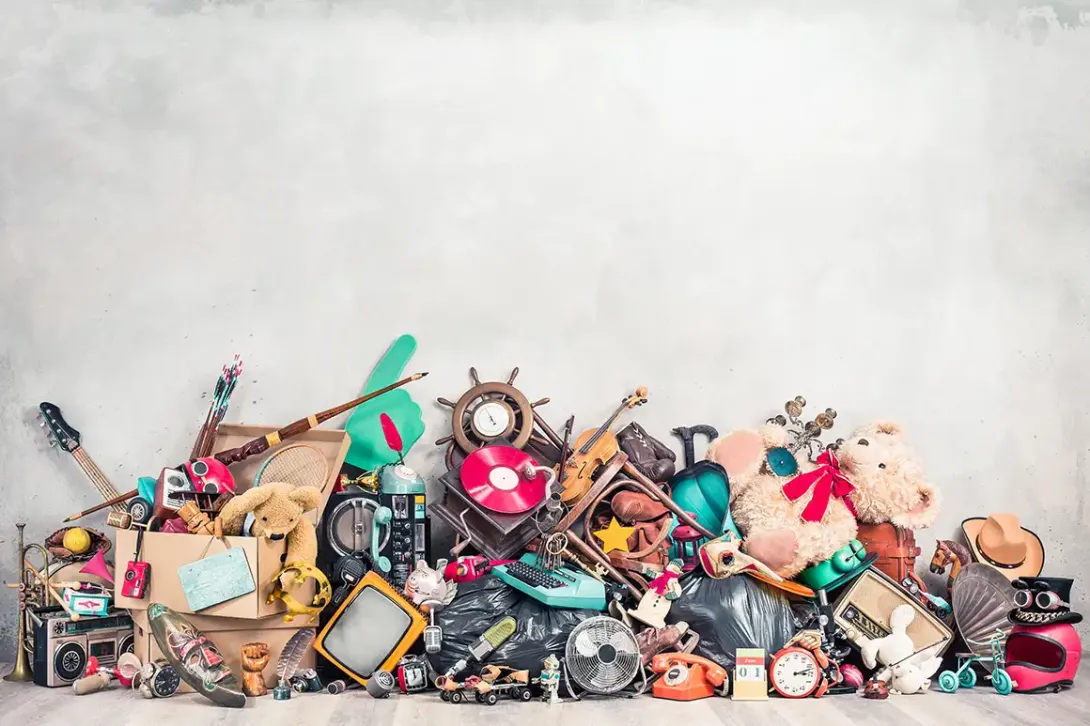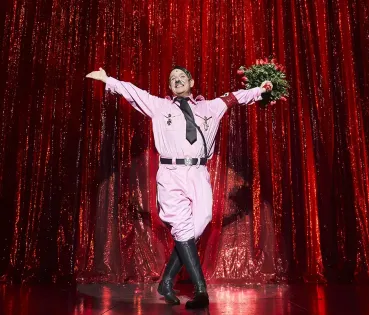
Technology, nostalgia and pop: keys to the boom in collecting
Once they were everyday objects, they helped us to communicate, to find our way around and to make certain tasks more bearable. Now they find their place among collecting.
Collecting is, In a certain sense, understanding our life involves understanding our relationship with the objects that surround us.
Objects are with us as long as we use them, and then we discard them or jealously guard them. Some stay with us forever, like in direct contact with a memory, a time, a person or a place. Since we were kids, we want to accumulate objects that give us an identity, that challenge us and that define us.
A human quality
Accumulating objects, collecting them, is another facet that distinguishes people. Collecting, in this sense, is almost as old as humanity itself. Since the earliest civilisations, human beings have accumulated and cared for objects, whether to preserve the memory of a family or the heritage of a culture. But it was not until the Modern Age that it acquired the meaning we give it today.
The desire to recover lost objects of Greco-Latin culture in Renaissance Italy coincided in time with the discovery and conquest of America. Two elements, the tradition and the exotic, awakened an interest in accumulating and cataloguing small and large treasures. What was initially a hobby of the aristocracy gradually spread to all levels of society, and many private collections would end up in national museums. From the 20th century onwards, collecting expanded and broadened its horizons.
But the reason why humans collect things is also answered psychologically. Our brains need to set guidelines and goals, and when we achieve them, we are rewarded with pleasure. When we finally find that unpublished piece, that out-of-print book or that prop from our favourite film, our brain rewards us by releasing dopamine.
Exclusivity and luxury
While we can find collections to suit all budgets, it is true that there are types of collecting that stand out from others because of the enormous cost of their objects.
Art collecting, of course, is where its items acquire the most value. Paintings such as Pablo Picasso’s Les femmes d’Alger, valued at 164 million euros, Paul Cézanne’s The Card Players, valued at 229 million euros, or Leonardo da Vinci’s Salvator Mundi, discovered in 2008 and valued at 412 million euros, are at the top of the world’s most valuable collector’s items.
This is also the case in antique car collecting, with 44 million euros paid for a 1962 Ferrari 250 GTO Berlinetta; in antiques, with a Chinese vase vase from the Pinner Qing dynasty, commissioned by the Qianlong Emperor in the 18th century and valued at 79 million euros; numismatics (coin collecting), with objects such as the 1933 Double Eagle gold coin, which was sold at an auction for 18 million euros, and bibliophilia, where the Codex Leicester, a 72-page manuscript written between 1506 and 1510 by Leonardo da Vinci, bought by Bill Gates in 1994 for 28 million euros, is particularly noteworthy.
Analogue nostalgia and pop culture
Over the last few years there has been a boom in retro technology collecting. Typewriters, analogue cameras and even that Walkman that accompanied us in the grunge era are now coveted by collectors. One example is a Leica Series 0 camera, a limited edition of 25 made in 1923, which was sold for more than two million euros.
The world of vinyl is also one of the fastest growing sectors. Exclusive and limited editions can cost thousands or even millions of dollars, as in the case of Wu-Tang Clan’s Once Upon a Time in Shaolin, sold for almost two million euros, or The Beatles’ Yesterday and Today, whose first copies are valued at nearly one million.
However, pop culture is the biggest collector’s hobby today. Comic books, comics, old consoles, Funko Pop, toys, film posters, costume objects or props... The variety is enormous and it represents the fastest growing niche in collecting. Some of its elements can cost very high amounts, such as the 31 million euros paid for Marilyn Monroe’s dress in The Seven Year Itch or the million euros that collector Ralph DeLuca paid for one of the four original posters of Fritz Lang’s film Metropolis.




